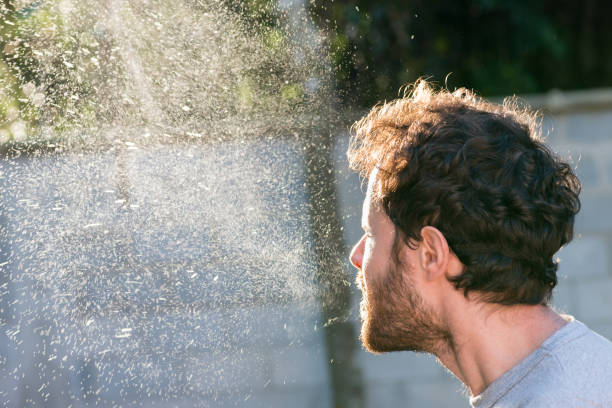Impetigo Symptoms | Impetigo Causes
Impetigo fairly common bacterial infection of the skin occurs all around the globe and affects more than 100 million people each year. Here are impetigo symptoms and causes.
What Is Impetigo?
Impetigo is rarely seen in adults, as it is closely associated with the frequent touching of bodily fluids, objects, and others, which is more commonly seen in children. Preschool children are particularly prone to impetigo, but so are those who engage in skin-to-skin contact sports, such as wrestlers. It is more commonly found in warm climates and impoverished nations that experience malnutrition and poor hygiene.
Other vulnerabilities to transmission exist but are less common.
- Bullous impetigo is a rarer form of the disease. It occurs as large-sized blisters on the trunks of infants and young children.
- Ecthyma is a more serious form of impetigo, and it enters the deeper layers of the skin to cause very painful and pus-filled sores that may develop into deep ulcers.
This disease causes superficial crusts and blisters, so it is not usually scarring. The skin becomes red for some time, but after the crusts go away, this redness also fades within a few days to weeks. After the skin has healed, it is indicated to apply sunscreen regularly.
Symptoms Of Impetigo

The disease is characterized by sores near the mouth or nose that contain pus and will eventually break. These sores can then be spread to other parts of the body, and while they do not leave a scar when they heal, they can be quite painful.
Causes Of Impetigo
1. This bacterial infection can be quite extreme, in some cases, and is caused by the Staphylococcus aureus and Streptococcus bacteria.
2. Its presence in school children can contribute to its rapid spread and lingering presence in the world.
3. Transmission occurs by physical contact with the sores or pus, as well as through other bodily fluids, namely nasal carriers.
4. It is more commonly found in warm climates and impoverished nations that experience malnutrition and poor hygiene.
How can impetigo be prevented?
If you know someone who has impetigo, try to avoid close contact with that person until his or her infection has gone away. Do not share towels, sheets, or clothes until the infection is gone. Wash anything that may have touched the infected area.
If you or your child has impetigo, scratching the sores can spread the infection to other areas of your body and to other people. Wash your or your child’s hands with soap to help prevent spreading the infection.






